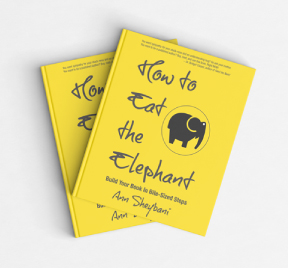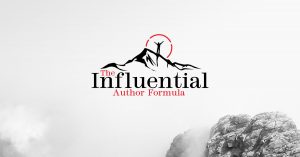Writing
One more way to spot a newbie
September 26, 2022
Lately, I’ve had my head in manuscripts just rife with purple prose. Purple prose, for those of you unfamiliar with the term, is writing that’s so extravagant, ornate, or flowery, it breaks the flow and draws excessive attention to itself. Purple prose is characterized by the extensive use of adjectives, adverbs, and metaphors. (Sparkling, violently, like a three-toed weasel!!!)
(Notice I threw in some exclamation points, which are, in my mind, another form of purple prose.)
Purple prose is a favorite of newbie writers. I see it as a sign of good taste, really, because they’ve read their fair share of gorgeous writing, but have no idea what makes it so. They’re attempting to recreate that sense of beauty without the proper writing tools in their belt. (None of us gets to skip Go and collect $200. Meaning, none of us gets to escape this phase.)
The problem with purple prose is that it says jack shit. It’s a whole bunch of beautiful sounding words, creative imagery, which only serves to camouflage the meaning or the message, and the fact that you’re not actually moving us forward in the story.
Giving up the habit of purple prose, for some, especially those working on fiction, can be awfully hard. I get me some MAJOR resistance, some real foot dragging. It’s as though I’ve asked them to forgo dreamy, tangerine sunsets; and loping walks on sandy, secluded Turks & Caicos beaches; and crackling cedar-wood campfires, smokey, but not so smokey they blind you, with gooey marshmallows.
Shouldn’t beauty, creativity, trump boring old simplicity, clarity?
No.
Please God, no.
Case in point.
In 1972 Dow Mossman published The Stones of Summer. According to some, every page of that book was like some wild, Beat prose poem. There were word choices and metaphors, and flights of literary fancy that absolutely delighted readers.
For about two pages at a time.
Then the brain would start shutting down.
What the book was missing was plot and structure, forward movement; therein lies the tragedy.
One reader was so taken by the beauty of the writing AND the complete failure of the book, that he created a documentary entitled The Stone Reader.
You can Click HERE for the trailer.
And where I once used this trailer and case study to emphasize the need for plot and structure, which you REALLY need when writing a novel (or a memoir), I’m simply attempting here to drive home this point:
Beauty does not trump a clear, simple message. It just doesn’t.
So stop it. Just stop it.


